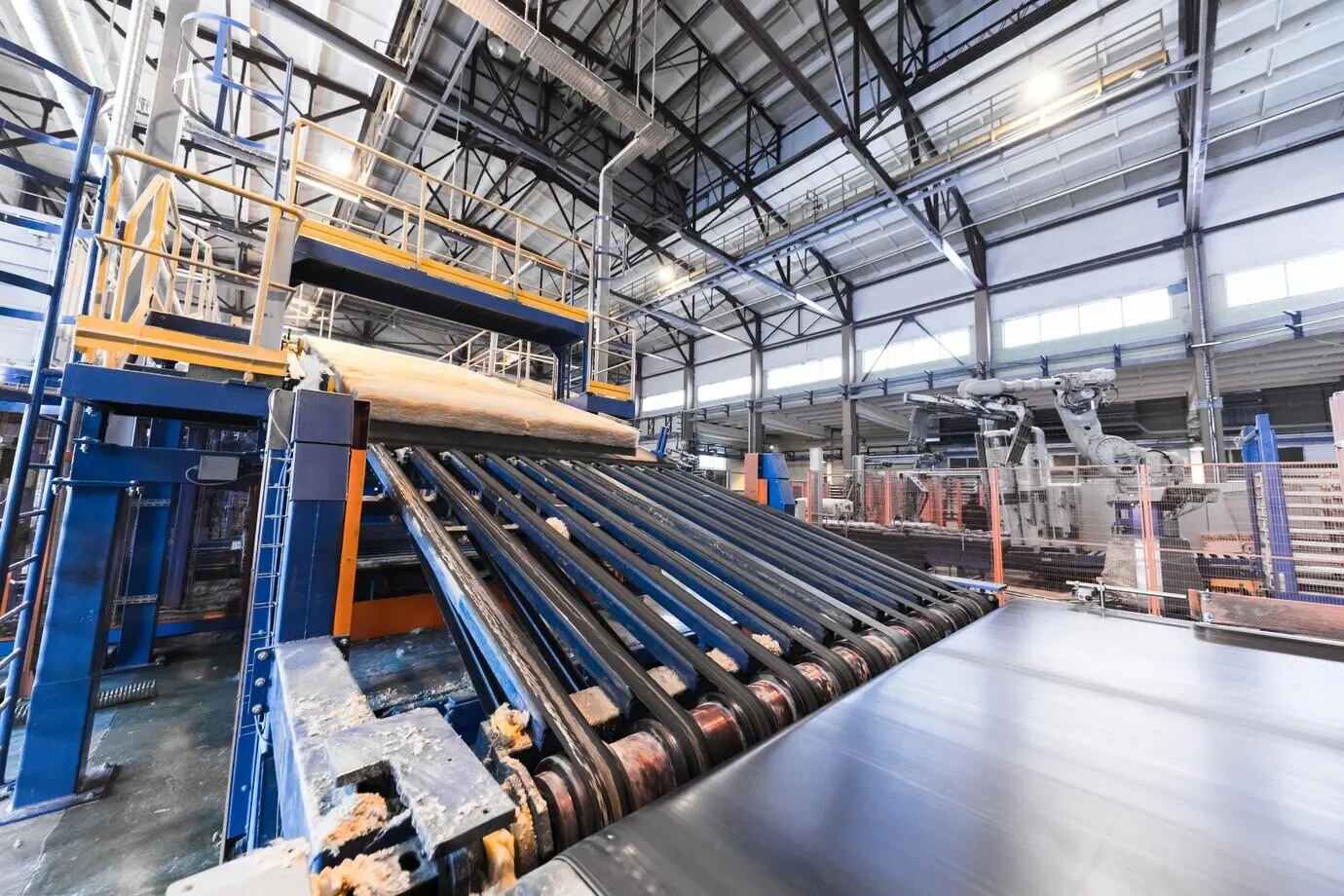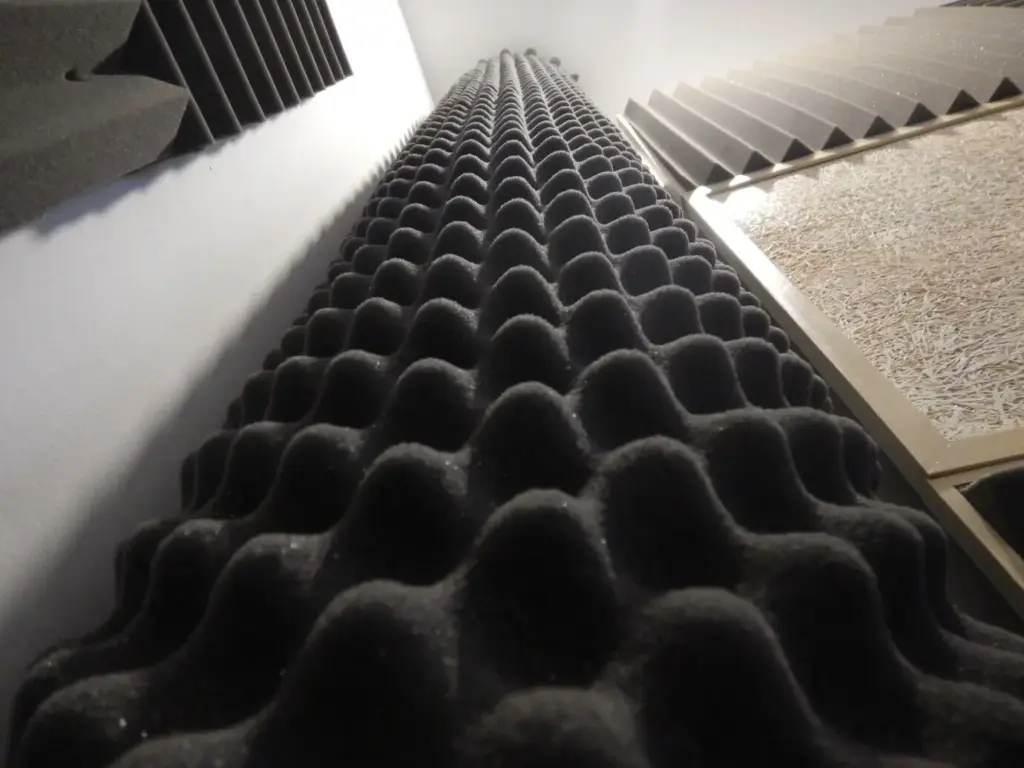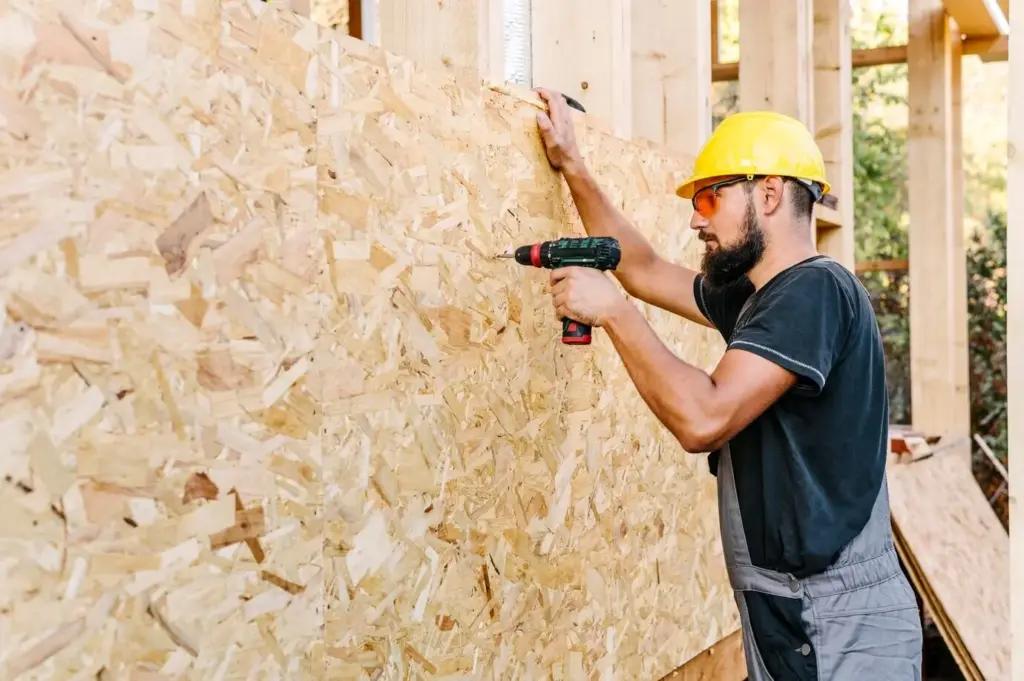

Warmer Walls, Cleaner Conscience
Warmth You Can Feel, Science You Can Trust



When Walls Breathe Right
Quiet, Safe, and Calm

Carbon Accounting That Feels Personal
Think beyond a number on a chart. Hemp locks atmospheric carbon; cork harvests protect forests by valuing standing trees; cellulose extends the life of paper; wool cycles with grazing landscapes. We connect these threads to everyday decisions, like choosing suppliers who publish transparent environmental product declarations and traceability.
Animal Welfare and Human Dignity
When wool insulates your nursery, questions about shearing practices and labor conditions matter. Likewise, cellulose depends on recycling streams and fair facilities, while hemp and cork rely on farm and forest communities. We include resources, certifications, and questions to ask vendors, so your purchase supports humane, dignified livelihoods.
Manufacturing Energy and Transport
Processing intensity differs. Cellulose is milled and blown; wool is washed and felted; hemp batts are carded and bound; cork boards are baked using cork’s own resins. Freight matters too. We show how local sourcing, lighter packaging, and shared deliveries cut emissions without compromising schedule or material quality.
Retrofits: Working With What the House Gives You
New Builds: Details That Pay Dividends
Budget, Availability, and Project Fit

All Rights Reserved.